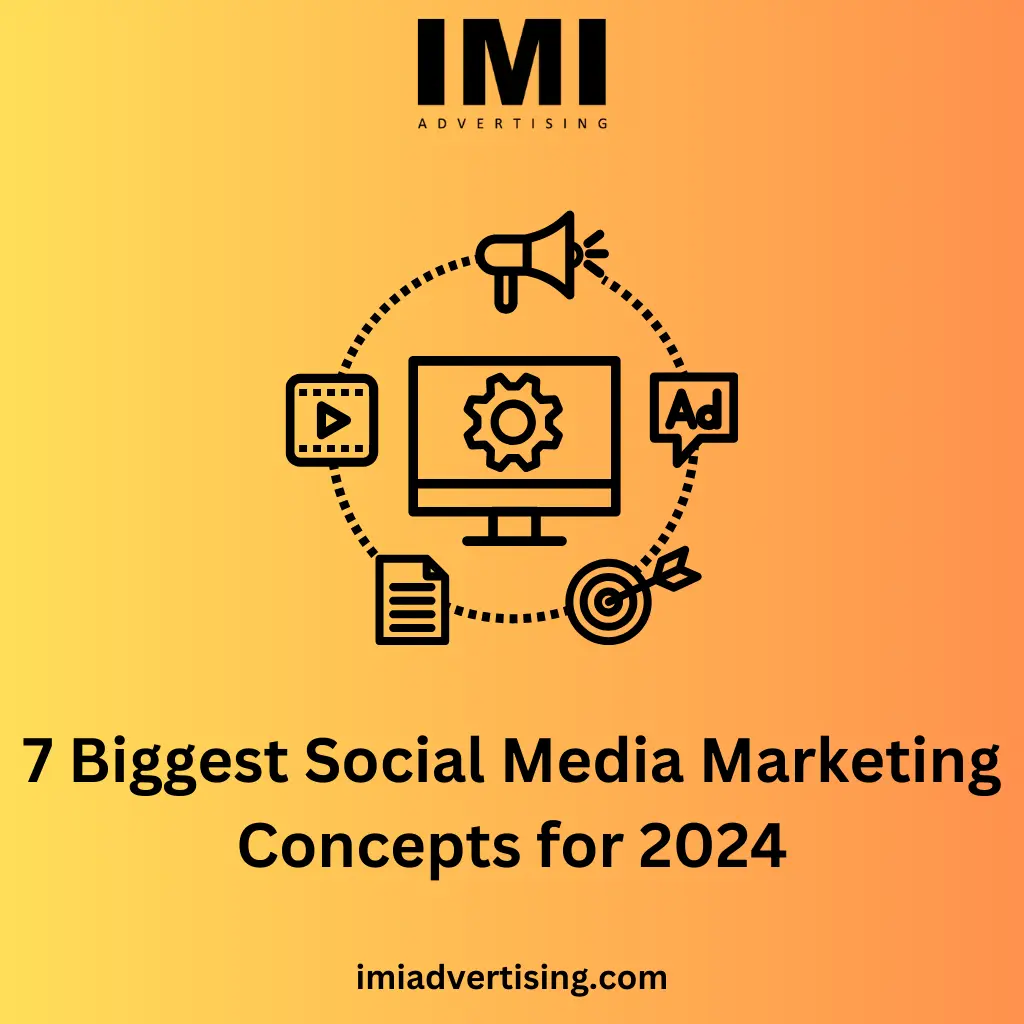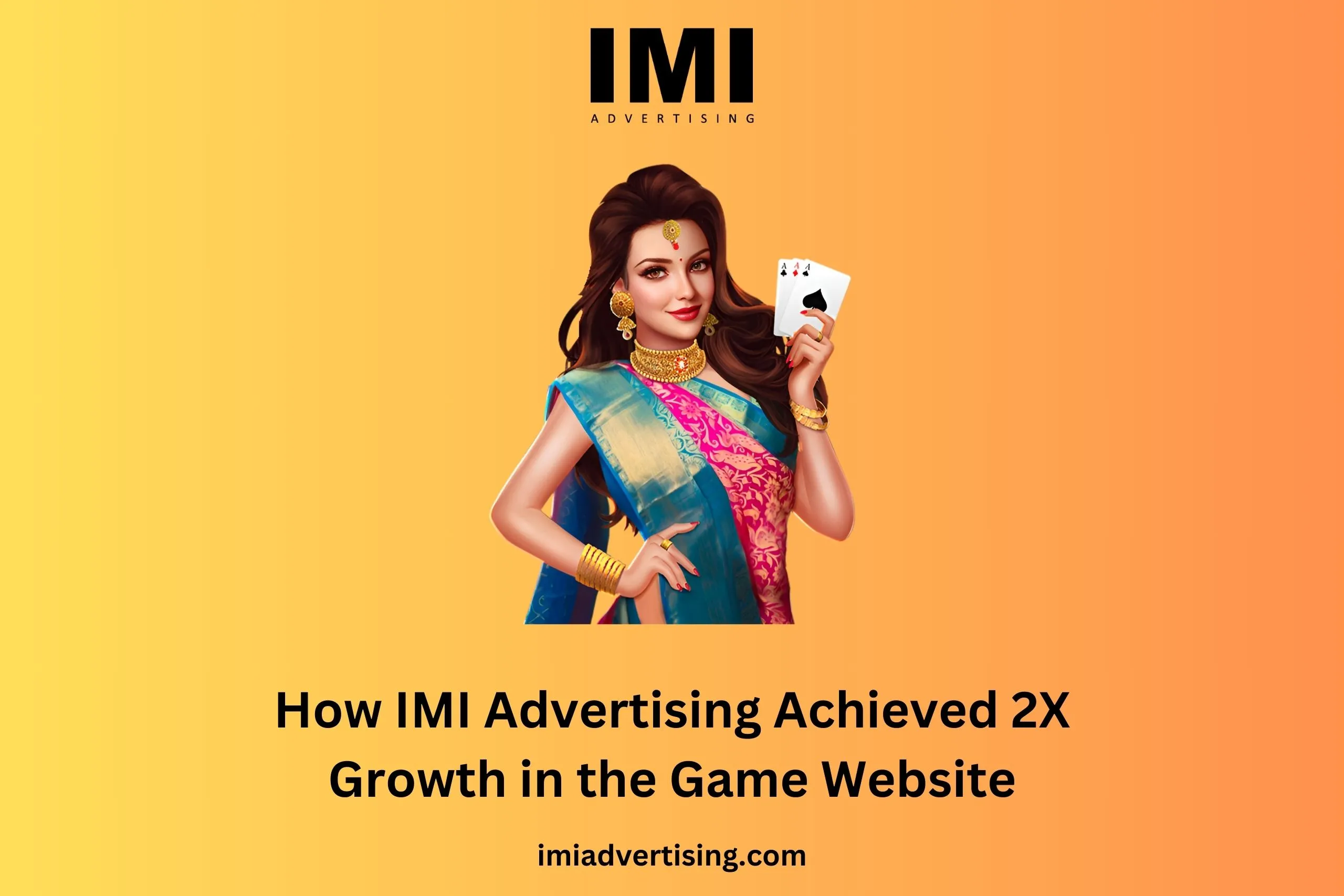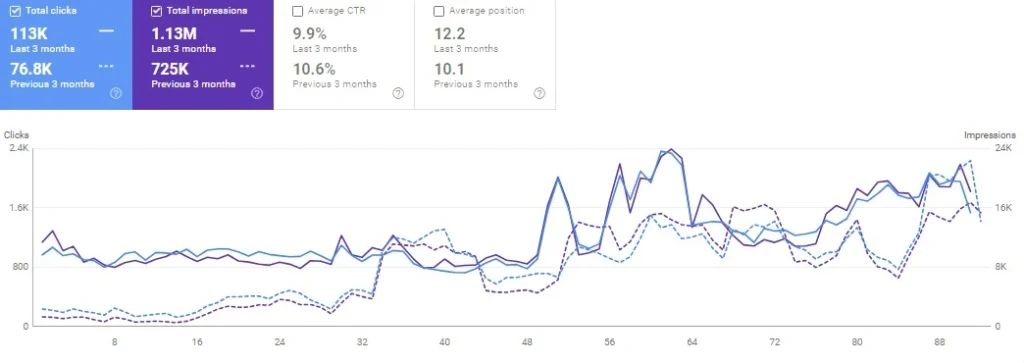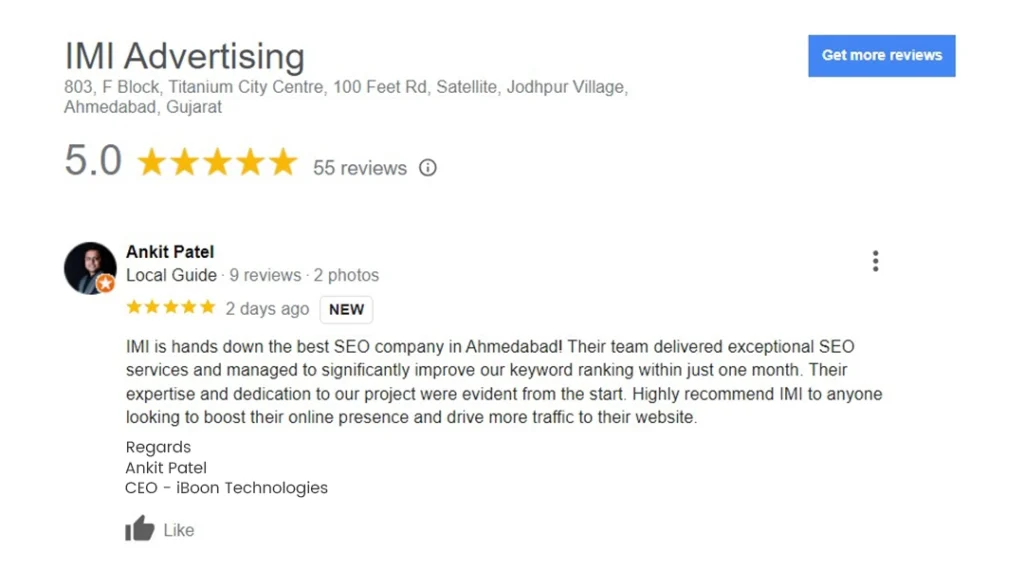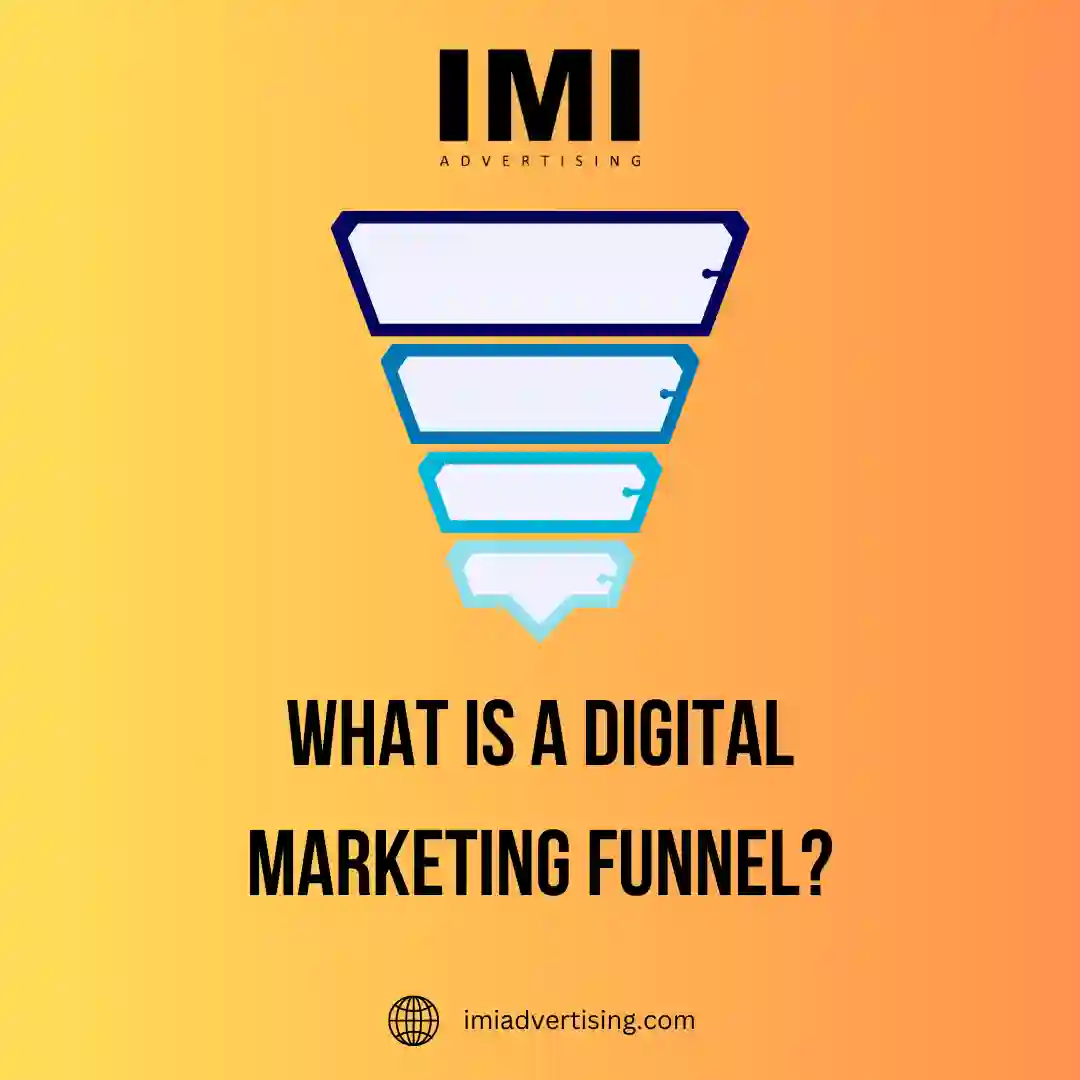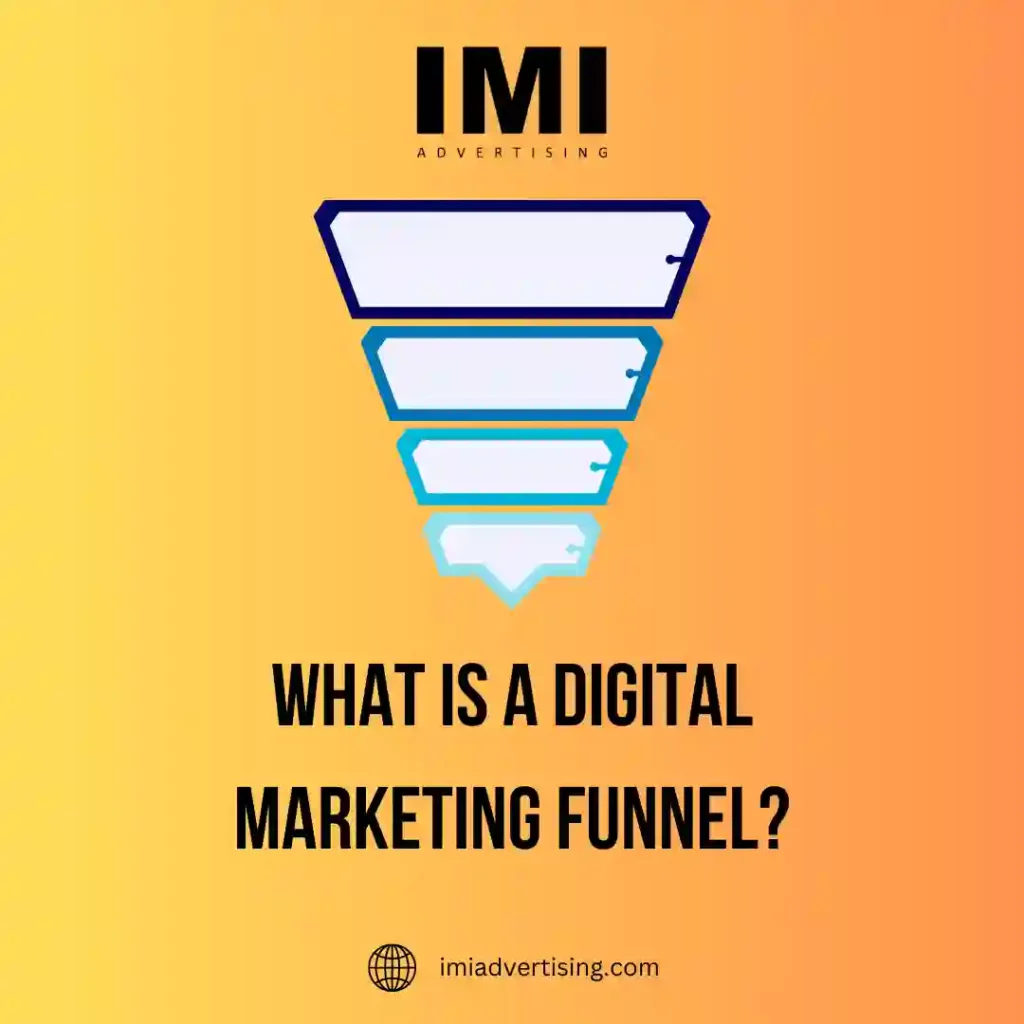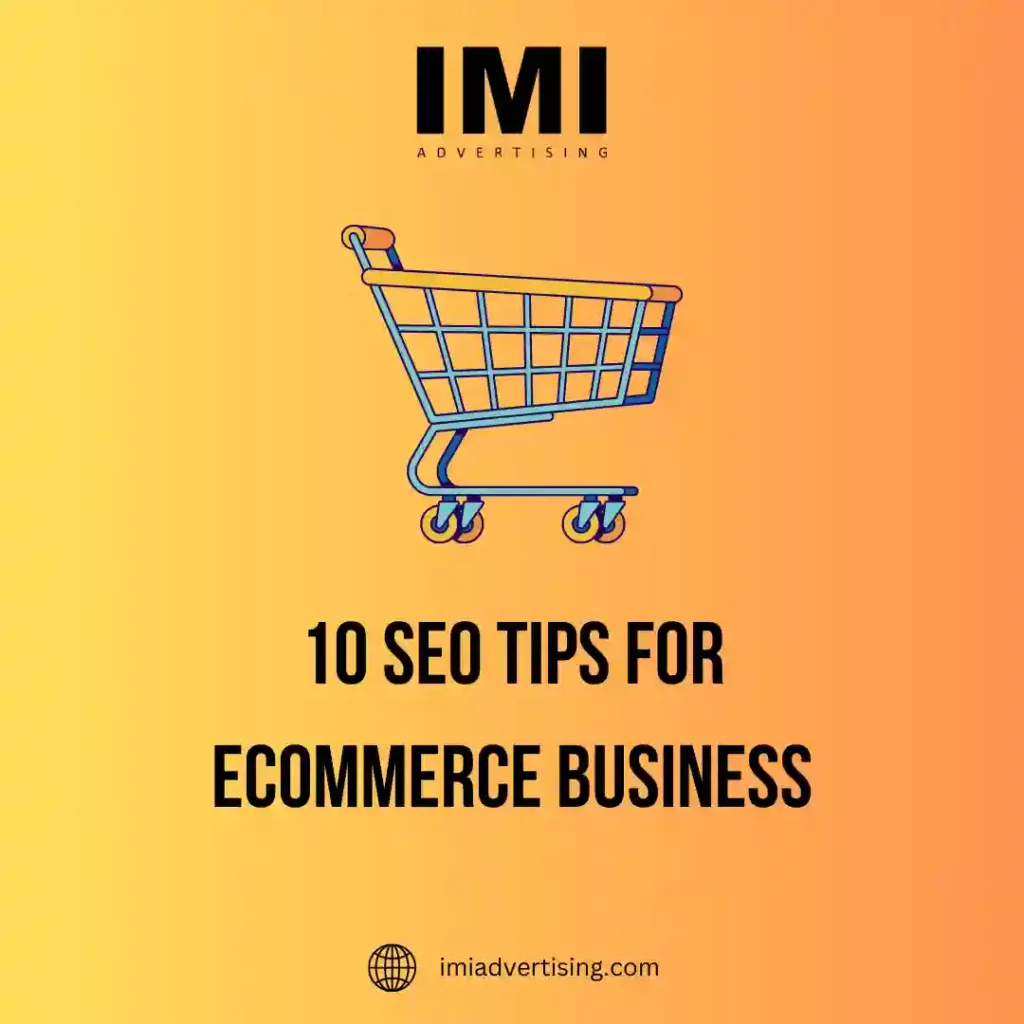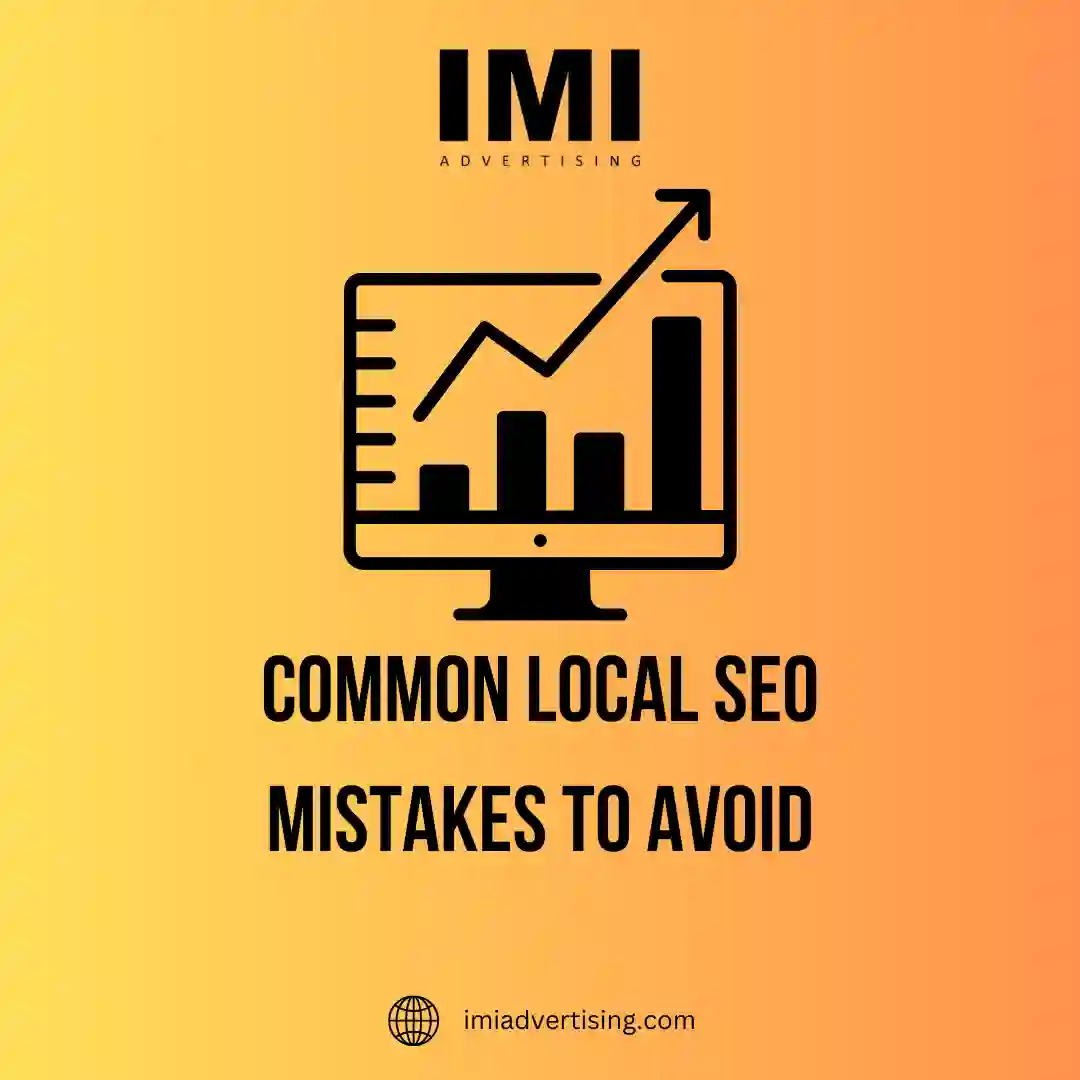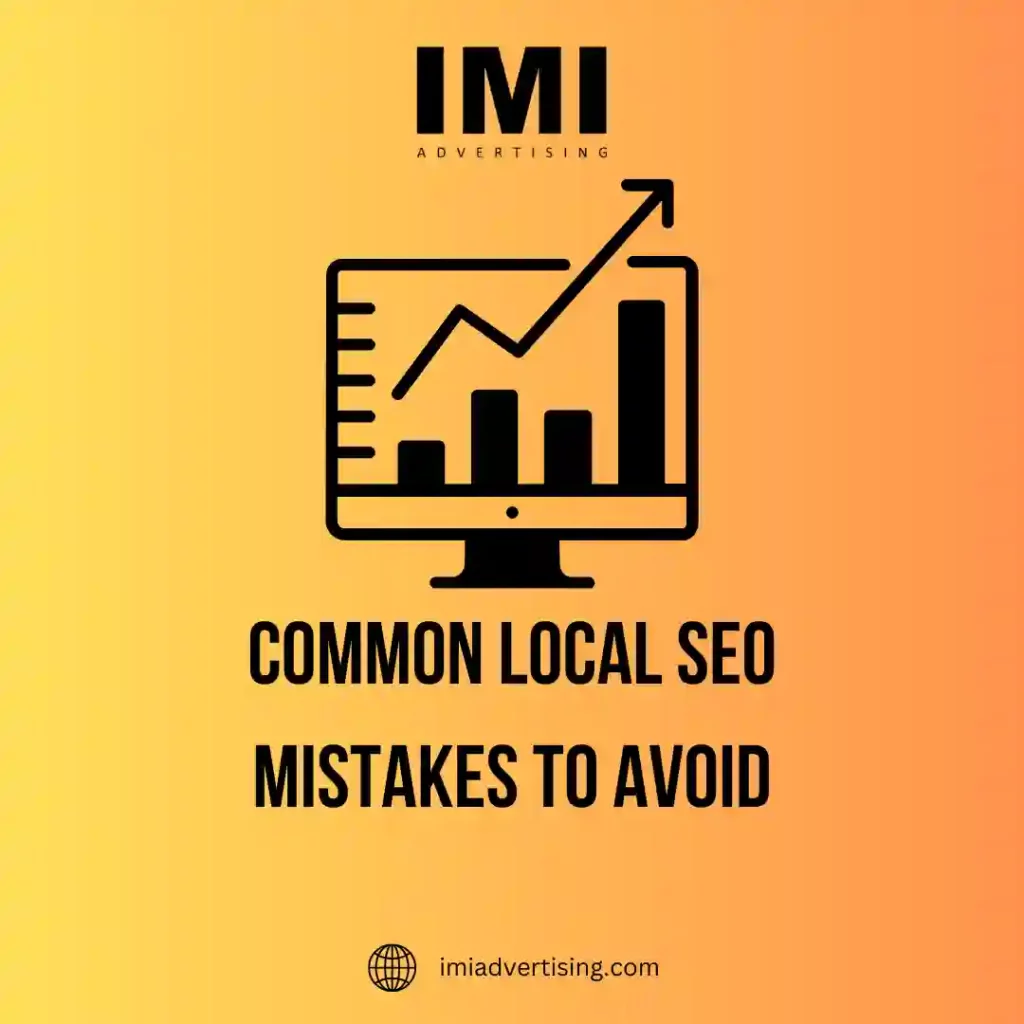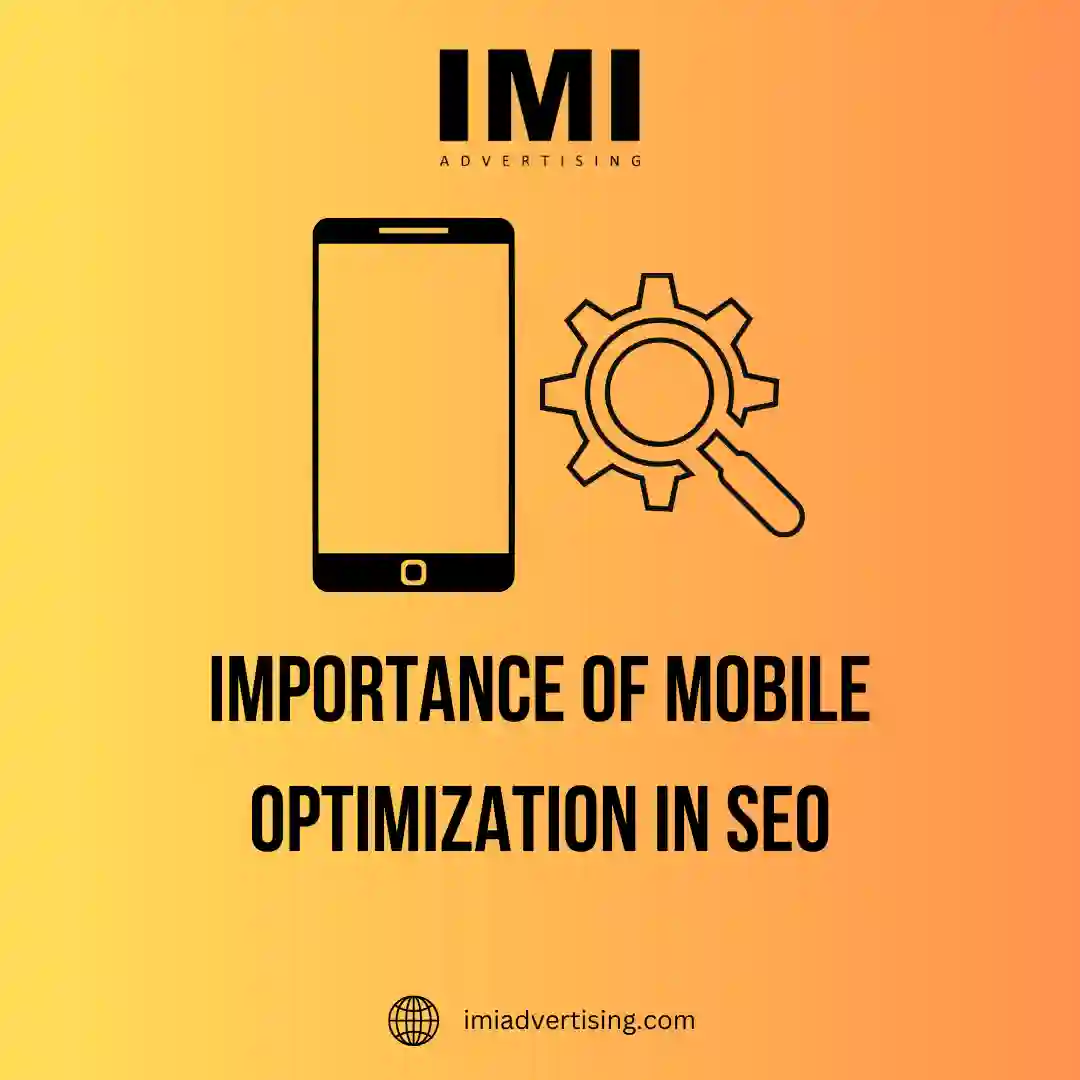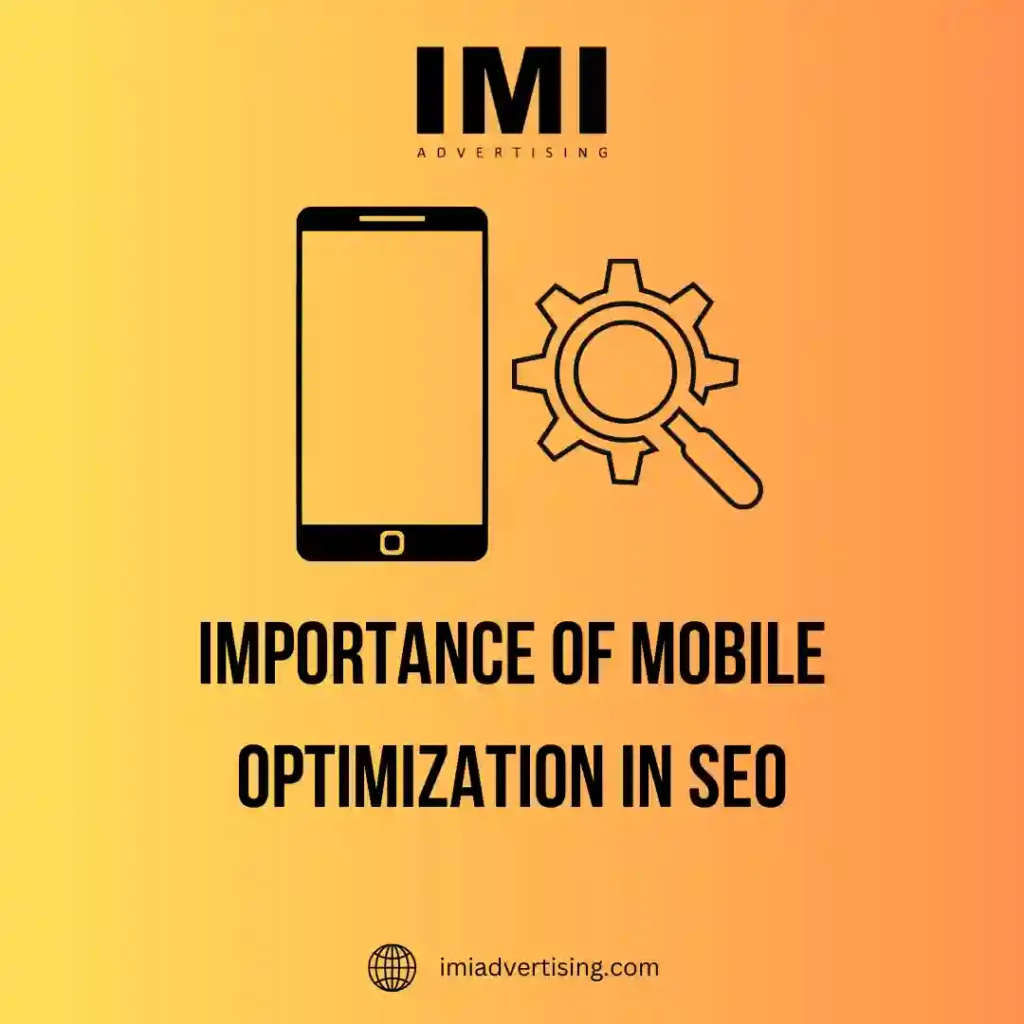The 5 Most Preferable Free SEO Tools For Business Growth

In the digital age, effective Search Engine Optimization (SEO) is crucial for business growth. Whether you’re a small business owner, a digital marketer, or a large enterprise, utilizing the right SEO tools can significantly enhance your online presence and drive traffic to your website. Here, we will explore the top five free SEO tools that can help you achieve your business growth goals.
Google Analytics:-
Google Analytics is one of the most powerful and widely used tools for tracking and analyzing website traffic. This free tool provides comprehensive data on user behavior, website performance, and much more.
Key Features:
- Real-time Data: Monitor live traffic and user interactions.
- Audience Insights: Understand demographics, interests, and behaviour..
- Acquisition Reports: Analyze how visitors find your site.
- Behavior Reports: Analyze how users interact with your site
Google Search Console:-
Google Search Console is another invaluable free tool provided by Google that allows you to monitor and maintain your site’s presence in search results. It provides a wealth of information that can help you identify and fix issues that may affect your site’s SEO performance.
Key Features:
- Performance Reports: Analyse your site’s performance in Google Search.
- Index Coverage: Ensure your pages are correctly indexed by Google.
- Search Enhancements: Optimise your content with insights into how Google views your site.
- Security Issues: It detects and resolves security issues like malware.
Ubersuggest:-
Ubersuggest, developed by Neil Patel, is a versatile tool that offers keyword suggestions, content ideas, and competitor analysis. This tool is particularly useful for small businesses looking to enhance their content strategy.
Key Features:
- Keyword Research: Find high-traffic keywords related to your niche.
- Content Ideas: Get inspiration for blog posts and articles.
- SEO Audit: Analyse your website for SEO improvements.
- Backlink Data: Understand your backlink profile and identify new opportunities.
Moz:-
Moz Link Explorer is a free tool that helps you understand your website’s backlink profile. The importance of backlinks for SEO is that they demonstrate the authority and trustworthiness of your site to search engines.
Key Features:
- Backlink Analysis: Check who is linking to your site.
- Spam Score: Identify potentially harmful links.
- Domain Authority: Measure the overall strength of your site.
- Competitive Analysis: Compare your backlink profile with competitors.
Ahrefs:-
Ahrefs offers a free version of its comprehensive SEO toolset, which is particularly useful for keyword research and backlink analysis.
Key Features:
- Backlink Checker: Analyse the backlink profile of any site.
- Keyword Generator: Find keyword ideas for SEO and PPC.
- Site Explorer: Get an overview of any website’s organic search performance.
- Content Explorer: Find top-performing niche content.
Conclusion
Embracing these free SEO tools can significantly enhance your business’s online presence and drive growth. Each tool offers unique features that cater to different aspects of SEO, from keyword research and link building to web traffic analysis and content optimization. By integrating these tools into your SEO strategy, you can achieve higher search engine rankings, attract more organic traffic, and ultimately, drive business success.
Recent Posts
-
The 5 Most Preferable Free SEO Tools For Business Growth30 May 2024
-
7 Biggest Social Media Marketing Concepts for 202421 May 2024
-
NFlex Systems : Social Media Marketing, Google AdWords and Content Strategies09 May 2024
-
How IMI Advertising Achieved 2X Growth in the Game Website19 Apr 2024
-
How IMI Advertising Helped iBoon Technologies to Achieve Ranking for Competitive Keywords by 68%14 Mar 2024
Have Any Question?
- 093131 00658
- [email protected]




